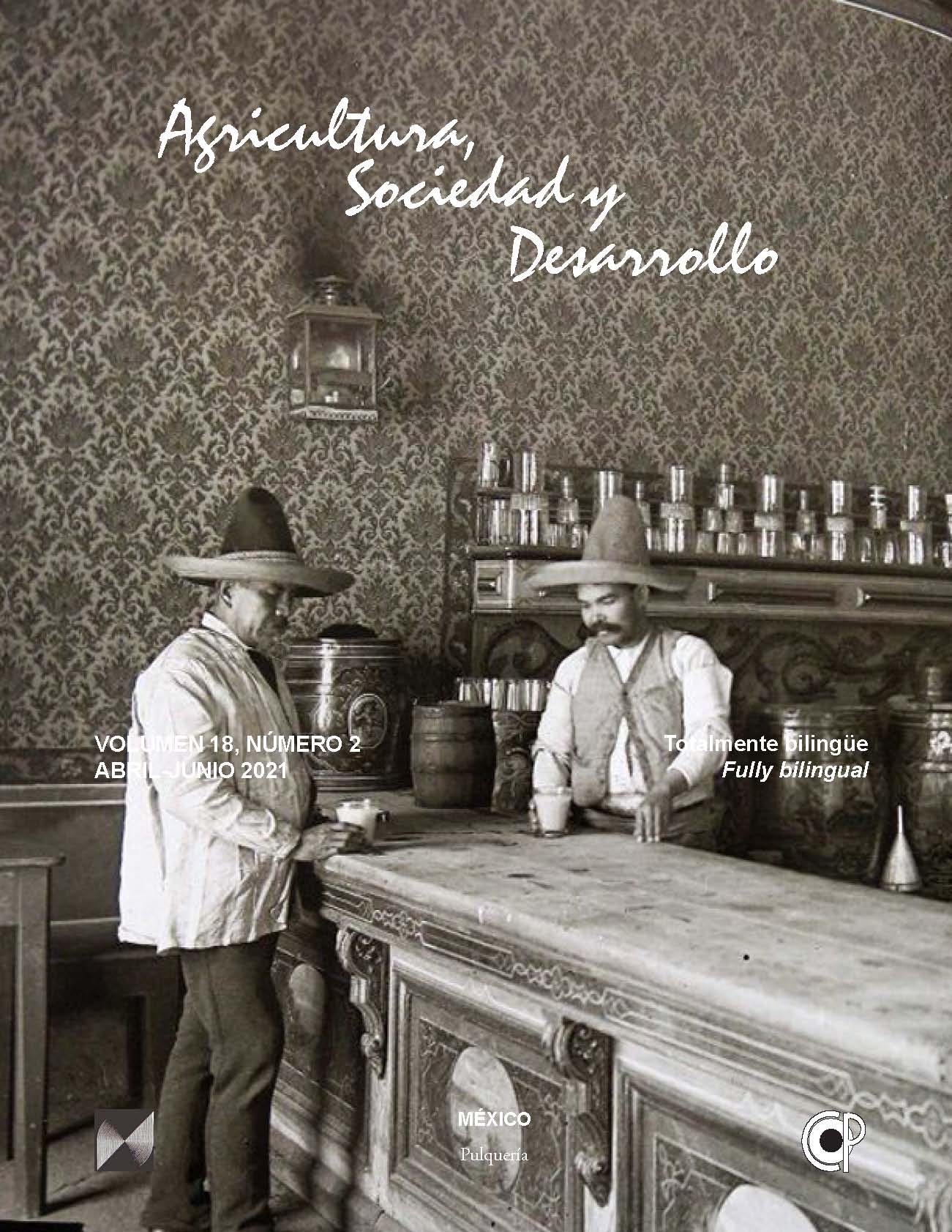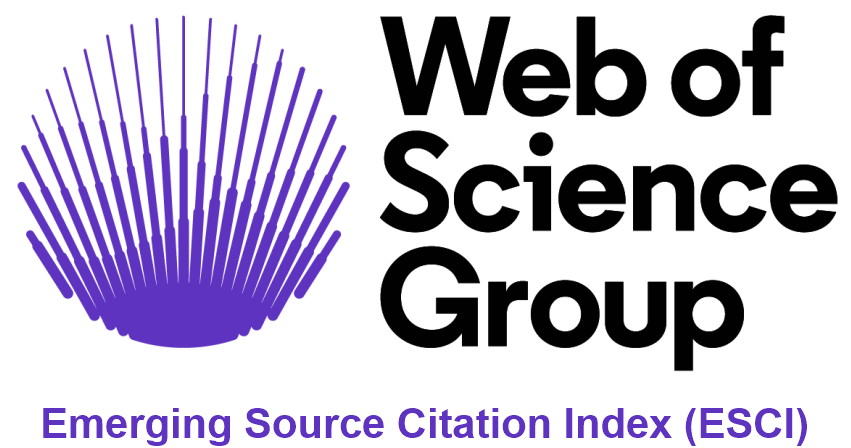Community added value: a strategy to boost local economic development
DOI:
https://doi.org/10.22231/asyd.v18i2.428Keywords:
economic benefit; social benefit; waste of economic potential; community workAbstract
The state of Oaxaca is recognized for sheltering populations with poverty and marginalization indices that exceed the national average, as well as for the natural and cultural wealth of its territory. Despite the economic potential of its natural and cultural resources, they have not yet been fully exploited, causing them to be wasted. In this regard, the term “Community Added Value (CAV)” is incorporated, whose objective is to establish a strategy that allows the sustainable use of natural or cultural resources of the populations in order to obtain an economic and social benefit that promotes interest in valuing and preserving them. In 2015, a study was carried out in the population of Rosario Nuevo that originated the term CAV and allowed establishing its methodology based on detecting, evaluating and incorporating the economic potential of the natural and cultural resources of the populations through the development of some productive activity. For this reason, in the population of study, the availability of the water resource was detected and evaluated, which was later incorporated into the facilities of an aquaculture farm that currently constitutes a source of food and income, as well as a motivation for its inhabitants to value, care for and preserve their resource.
References
Ander-Egg, E. (1978). Introducción a las técnicas de investigación social. Buenos Aires: Editorial Humanitas.
Berumen, M. E. (2003). Geografía Económica de Oaxaca.
Bray, D. B., Merino, L., & Barry, D. (2007). Los bosques comunitarios de México: manejo sustentable de paisajes forestales. México, D.F.: Instituto Nacional de Ecología .
Cabrera, R. C. (s.f). Bases para Contabilidad Lean {Esbelta, Magra, Ãgil}.
COPLAMAR. (1982). Necesidades esenciales en México, situación actual y perspectivas al año 2000. Geografía de la marginación (Vol. 5). México: Siglo veintiuno editores.
Cuatrecasas, L. (2009). Diseño avanzado de procesos y plantas de producción flexible: Técnicas de diseño y herramientas gráficas con soporte informático . Barcelona: Profit Editorial.
Fernández, R. (2006). Sistemas de gestión de la calidad, ambiente y prevención de riesgos laborales. Su integración. Alicante: Editorial Club Universitario.
Hernández, G., & Godínez, A. M. (2014). El gran libro de los procesos esbeltos. León: Ignius Media Innovation.
Hernández, J. (2009). Trabajo social comunitario en la sociedad individualizada. Nau Libres.
Hernández, J. C., & Vizán, A. (2013). Lean Manufacturing. Conceptos, técnicas e implantación . Madrid: Fundación EOI.
Kisnerman, N. (1984). Los recursos. Buenos Aires: Editorial Humanitas.
Madariaga, F. (2013). Lean Manufacturing: Exposición adaptada a la fabricación repetitiva de familias de productos mediante procesos discretos. Bubok Publishing S.L.
Monge, C., Cruz, J., & Lopéz, F. (2013). Impacto de la Manufactura Esbelta, Manufactura Sustentable y Mejora Continua en la Eficiencia Operacional y Responsabilidad Ambiental en México. SciELO, 18.
Platas , J. A., & Cervantes, M. I. (2014). Planeación, Diseño y Layout de Instalaciones. Un enfoque por competencias. México: Grupo Editotial Patria.
Rajadell, M., & Sánchez, J. L. (2010). Lean Manufacturing. La evidencia de una necesidad. Madrid: Ediciones Díaz de Santos.
Tobón , O., & García, C. (2004). Fundamentos teóricos y metodológicos para el trabajo comunitario en salud. Colombia: Universidad de Caldas.
Downloads
Published
How to Cite
Issue
Section
License
Authors who publish in this journal accept the following conditions:
- The authors retain the copyright and transfer to the magazine the right of the first publication, with the work registered with the Creative Commons attribution license, which allows third parties to use what is published as long as they mention the authorship of the work and the first publication in this magazine.
- Authors may make other independent and additional contractual arrangements for non-exclusive distribution of the version of the article published in this journal (e.g., including it in an institutional repository or publishing it in a book) as long as they clearly indicate that the work It was first published in this magazine.
- Authors are permitted and encouraged to publish their work on the Internet (for example on institutional or personal pages) before and during the review and publication process, as it can lead to productive exchanges and greater and faster dissemination of the work. published (see The Effect of Open Access).













